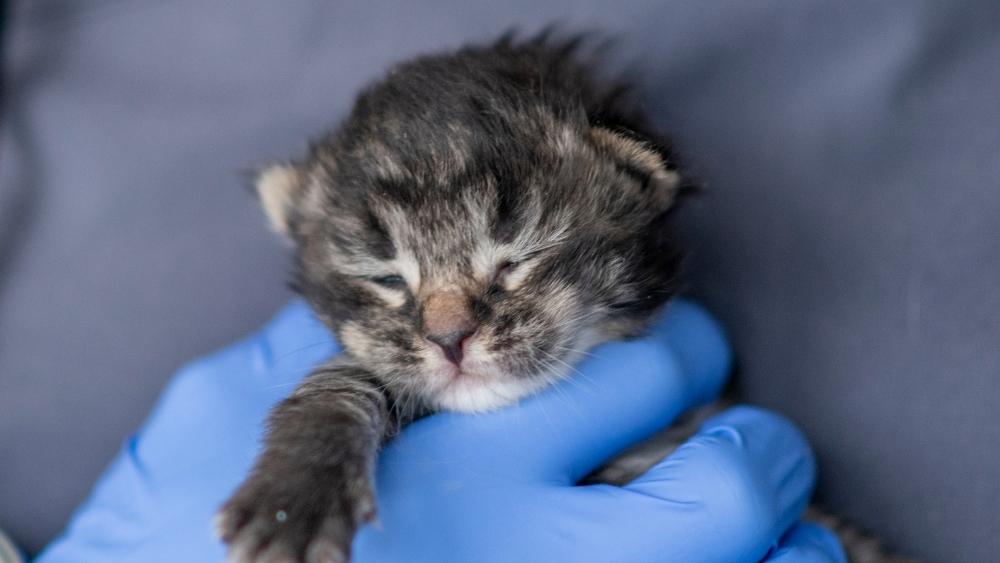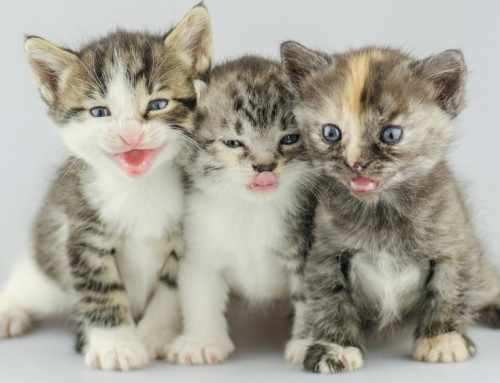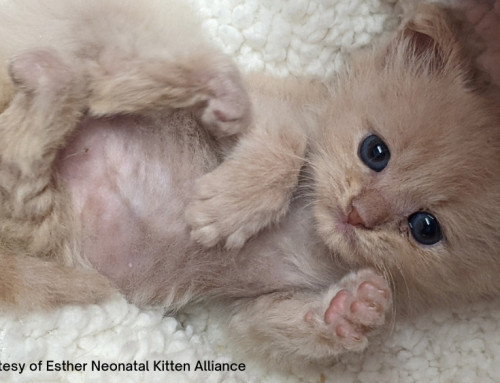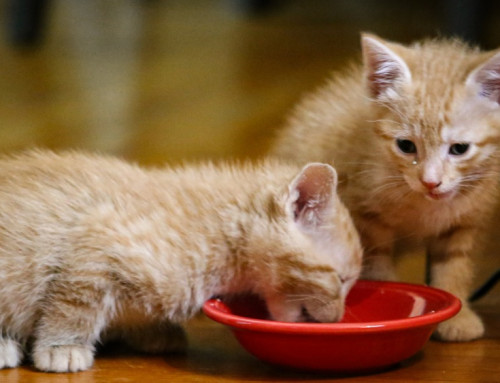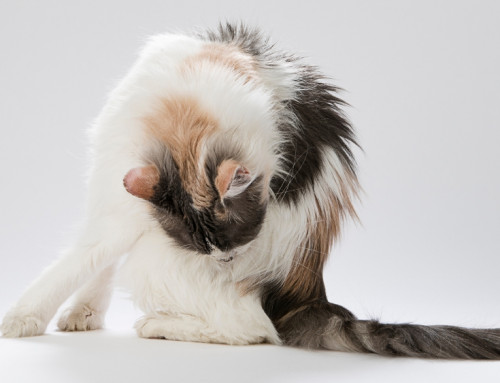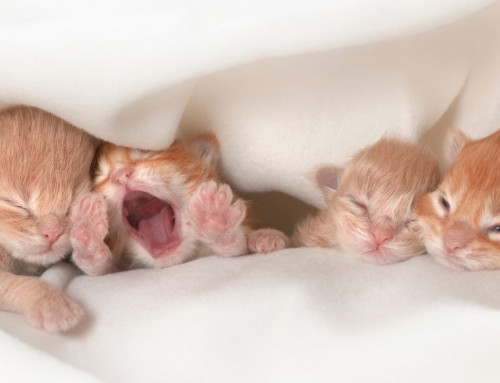Share this resource or email it to a friend!
In parts 1 and 2 of this series on Critical Care for Kittens, we discussed the dangers of hypothermia and hypoglycemia. Here in part 3 of this series, we’ll discuss dehydration, an excessive loss of water and electrolytes (minerals such as potassium, sodium and chloride) that occurs in kittens with inadequate milk intake or excessive fluid losses usually as a result of prolonged diarrhea, vomiting or overheating (hyperthermia).
The bodies of young kittens have a higher water content than adult cats, and kittens are not able to regulate water loss as well as adults. Kittens who are dehydrated need immediate medical care.
Ways to determine a kitten’s hydration include:
Doing a tenting or “Turgor” test. The test involves lifting the skin between the scruff of the neck and the shoulder blades and seeing how quickly it falls back into place. With adequate hydration, the skin flattens within a second or so. If the skin stays tented after lifting, then the kitten is dehydrated. This test, however, may be unreliable in kittens under 6 weeks of age. So additional testing methods listed below can be helpful.
Observing their urine; if it’s dark, the kitten may be dehydrated. Be careful of the urine picking up color from nearby fecal debris, which will cause the urine to look darker than it really is. A young kitten’s urine should be a very, very pale yellow.
Performing a capillary refill test. This involves pressing on the kitten’s gums, which should be moist and pink, with your finger. If the color doesn’t return to the gums within 2-3 seconds after you’ve removed your finger, the kitten may be dehydrated.
Other signs of dehydration include:
- Dry mouth and tongue
- Unresponsive, sunken eyes
- Lethargy
- Constipation
- Elevated heart rate
If you even suspect a kitten is dealing with dehydration, contact the foster coordinator or a veterinarian ASAP. If you wait until a kitten is showing advanced signs of dehydration, a kitten could suffer irreversible organ damage or death.
In part 4 of this series on Critical Care for Kittens, we’ll look at the danger of flea anemia to kittens.

